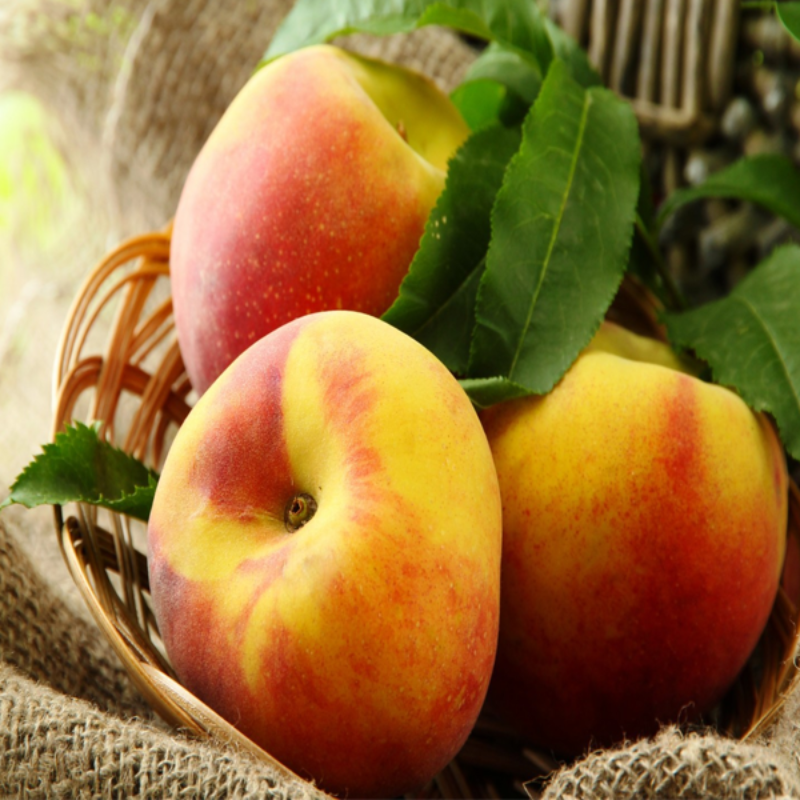- Species and varieties: The sweet peach tree (Prunus persica) belongs to the Rosaceae family. There are numerous varieties of sweet peach trees, including 'Elberta', 'Redhaven', 'Georgia Belle', and 'Belle of Georgia'. Each variety has its own unique characteristics in terms of fruit size, color, and flavor.
- Hybrid or heirloom: Sweet peach tree seeds can be either hybrid or heirloom. Hybrid varieties are often bred for specific traits such as disease resistance, fruit size, and yield. Heirloom varieties are traditional cultivars that have been passed down through generations and are valued for their unique flavors and historical significance.
- Pruning and training: Pruning is essential for sweet peach trees to maintain their shape, remove dead or diseased wood, and encourage healthy growth. Pruning should be done in late winter or early spring before new growth begins. Training the tree to an open center or vase shape allows for better air circulation and sunlight penetration, which helps in fruit production and reduces disease risk.
- Fertilization needs: Sweet peach trees benefit from regular fertilization. A balanced fertilizer with equal parts nitrogen, phosphorus, and potassium (such as 10-10-10) should be applied in early spring and again in late spring. Avoid over-fertilizing, as this can lead to excessive vegetative growth at the expense of fruit production. Organic compost or well-rotted manure can also be used to enrich the soil and provide essential nutrients.
- Hardiness zones: Sweet peach trees are best suited for USDA hardiness zones 5 through 9. These zones provide the ideal temperature range for peach trees to thrive and produce fruit.
- Climate requirements: Sweet peach trees require a temperate climate with cold winters and warm summers. They need a certain number of chill hours (between 600 to 1,000 hours below 45°F) to break dormancy and produce fruit. They also require full sun and well-drained soil to grow successfully.




